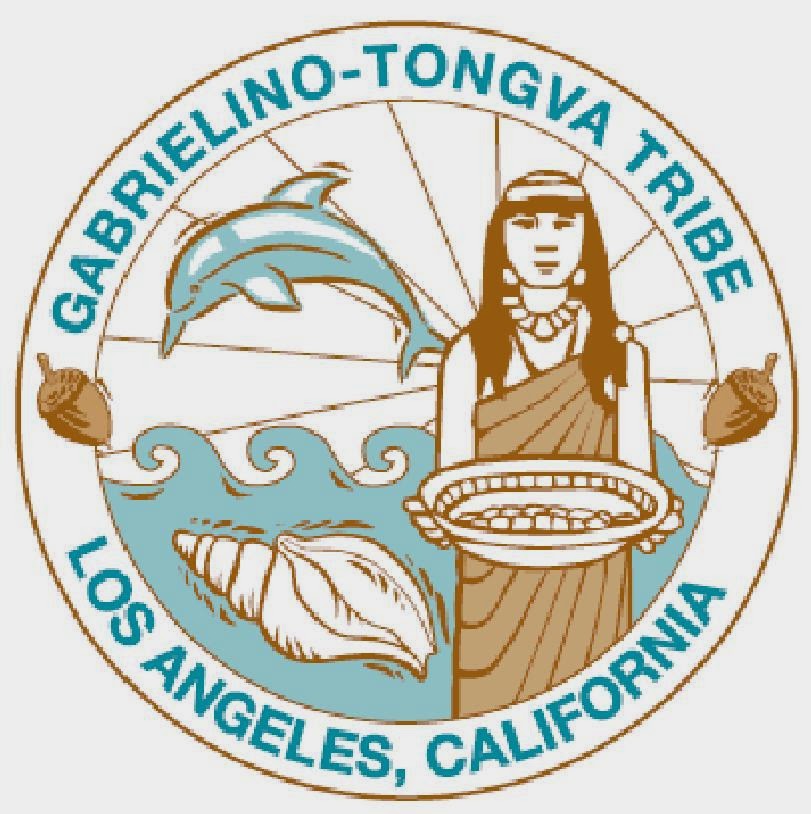“Under the crust of that portion of Earth called the United States of America—”from California . . . to the Gulf Stream waters”—are interred the bones, villages, fields, and sacred objects of American Indians. They cry out for their stories to be heard through their descendants who carry the memories of how the country was founded and how it came to be as it is today.” Roxanne Dunbar-Ortiz
In the United States, we should all know that we are living on stolen land. Unpacking what that means and honoring those who colonized by the settlers can be a challenge. How do we honor the history of our indigenous communities? One way is to learn the history of the land we inhabit. In the case of the Maggie Phair Institute, which sits on Hauser Street in Los Angeles, that land belonged to the Gabrielino-Tongva peoples.

We know that the Gabrielino-Tongva tribe inhabited the Los Angeles Basin for roughly 7,000 years. When the Treaty of Guadalupe was signed following the Mexican-American War, California (including its indigenous population) was ceded to the United States. Treaty provisions mandating an allocation of land for California’s indigenous peoples (8.5 million acres) were rejected by the United States Senate following lobbying efforts by the state’s business community. Subsequent efforts to compensate the indigenous were criminally inadequate. According to the Gabrielino-Tongva Tribe, “Acting to “recognize the equitable claims” of the Gabrielinos and “all the Indians of California”, the Court awarded 7 cents an acre as compensation for the 8.5 million acres of land which was never set up as reservations under the 18 “lost treaties”. From this sum was deducted the cost of administration of the claims. In 1850, some 94 years earlier, no public lands were purchased for less than $1.50 per acre. The Court of Claims awarded no interest for the 94-year period between signature of the 1851-53 Treaties and payment of the monies in 1944.”
To learn more about the Gabrielino-Tongva Tribe, visit http://www.gabrielinotribe.org/historical-sites-1/
If you’d like to find out more about the history of the land where you currently live, the following map offers a breakdown of indigenous lands throughout the country – https://mashable.com/article/indigenous-map-america/
